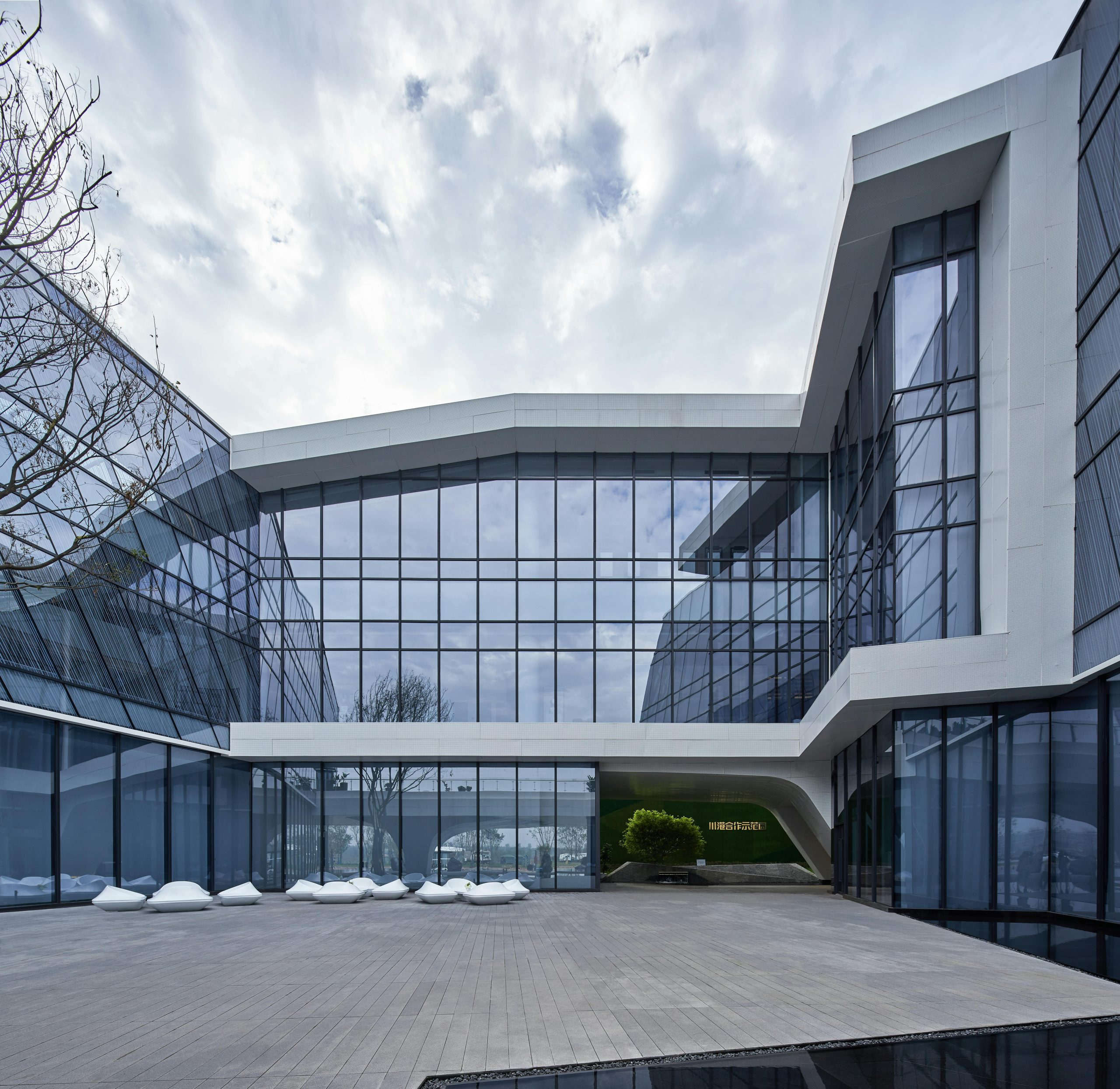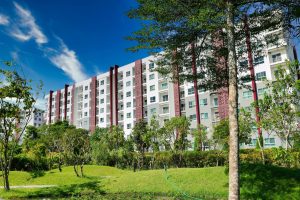Exploring Innovative Approaches to Real Estate Development
Welcome to the ever-evolving world of real estate development. As the demand for housing and commercial spaces continues to grow, developers are constantly exploring innovative approaches to meet the needs of today’s market. From sustainable design to technology-driven solutions, the real estate industry is constantly evolving to adapt to the changing landscape. In this article, we will take a closer look at some of the most exciting and cutting-edge approaches to real estate development that are shaping the future of the industry.
Green Building and Sustainability
The concept of sustainability has become a hot topic in the real estate industry in recent years. With a growing awareness of climate change and its impact on the environment, developers are now considering the environmental impact of their projects more than ever before. Green building practices, which involve using sustainable materials and designing energy-efficient buildings, have become the norm in real estate development.
Innovative approaches such as biophilic design, which incorporates natural elements into building design, and net-zero energy buildings, which produce as much energy as they consume, are gaining popularity. These initiatives not only reduce the negative impact of construction on the environment, but they also result in cost savings for both developers and tenants in the long run.
Smart Technology and Data-Driven Solutions
Gone are the days when real estate was solely about bricks and mortar. Today, technology is playing an increasingly important role in the development and management of properties. From smart homes and buildings controlled by mobile apps to virtual reality tours for potential buyers, technology is transforming the real estate industry.
Data analytics is also gaining traction in the real estate world. Developers are using data-driven solutions to understand market trends, consumer behavior, and optimize their property designs. This not only helps them create more marketable projects, but it also allows them to make data-informed decisions, resulting in more successful developments.
Mixed-Use Developments
The traditional model of real estate development, which comprised of single-use buildings, is slowly being replaced by mixed-use developments. These projects combine residential, commercial, and retail spaces in one location, creating a sense of community and providing residents with a more convenient and fulfilling experience.
Mixed-use developments not only offer a diverse range of amenities within walking distance, but they also promote a more sustainable lifestyle by reducing the need for transportation. They also present an opportunity for developers to cater to different market segments, making their projects more resilient to market fluctuations.
Collaborative and Inclusive Spaces
In recent years, there has been a significant shift towards creating more collaborative and inclusive spaces in real estate development. This is driven by the growing demand for community and connection in both commercial and residential properties. Developers are incorporating shared workspaces, communal gardens, and social areas into their designs to foster a sense of belonging and encourage interaction between residents or tenants.
Furthermore, there is growing emphasis on creating inclusive spaces that cater to people of all ages and abilities. This includes universal design principles that make buildings more accessible and user-friendly for people with disabilities or special needs. Inclusive and collaborative spaces not only enhance the quality of life for residents and tenants, but they also add value to the property.
Conclusion
The real estate industry is no longer just about building structures; it is about creating vibrant, sustainable, and innovative spaces that enhance the lives of those who live and work in them. With the increasing demand for functionality, sustainability, and community, developers must continue to explore new approaches and embrace emerging trends in order to stay ahead of the game. As we’ve seen, green building practices, technology-driven solutions, mixed-use developments, and inclusive spaces are some of the most exciting and futuristic approaches that are shaping the future of real estate development.
So, the next time you drive past a construction site, remember that what’s being built is more than just a building, but an innovative and dynamic space that represents the future of real estate.










